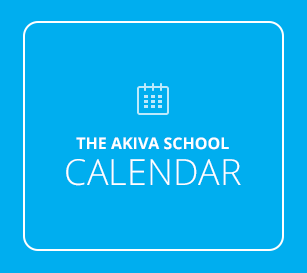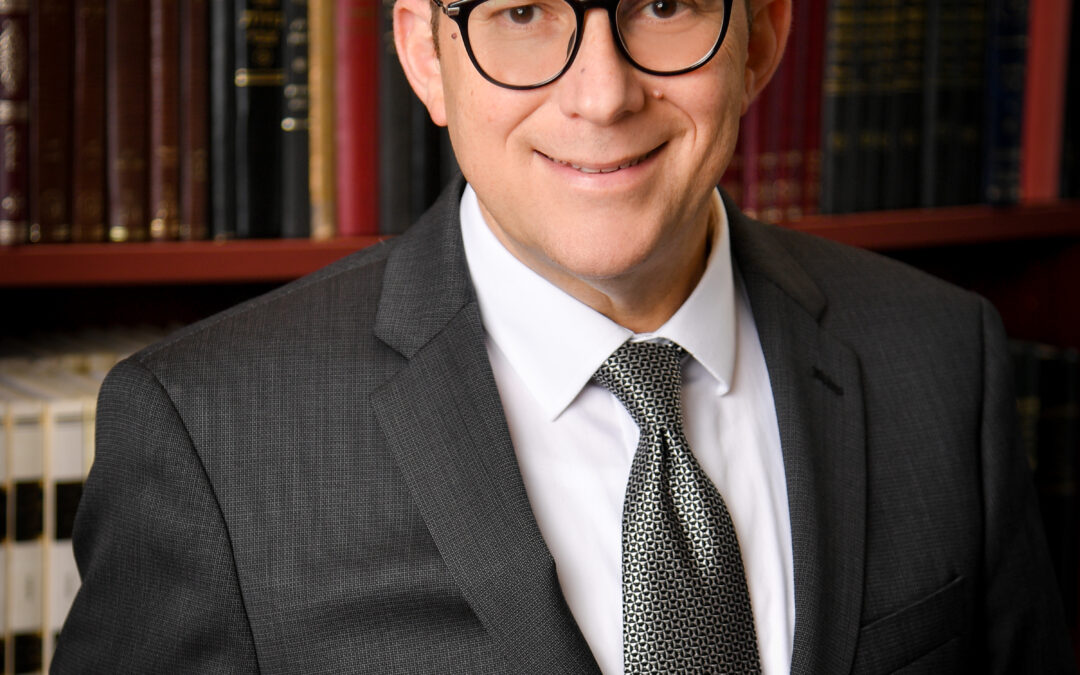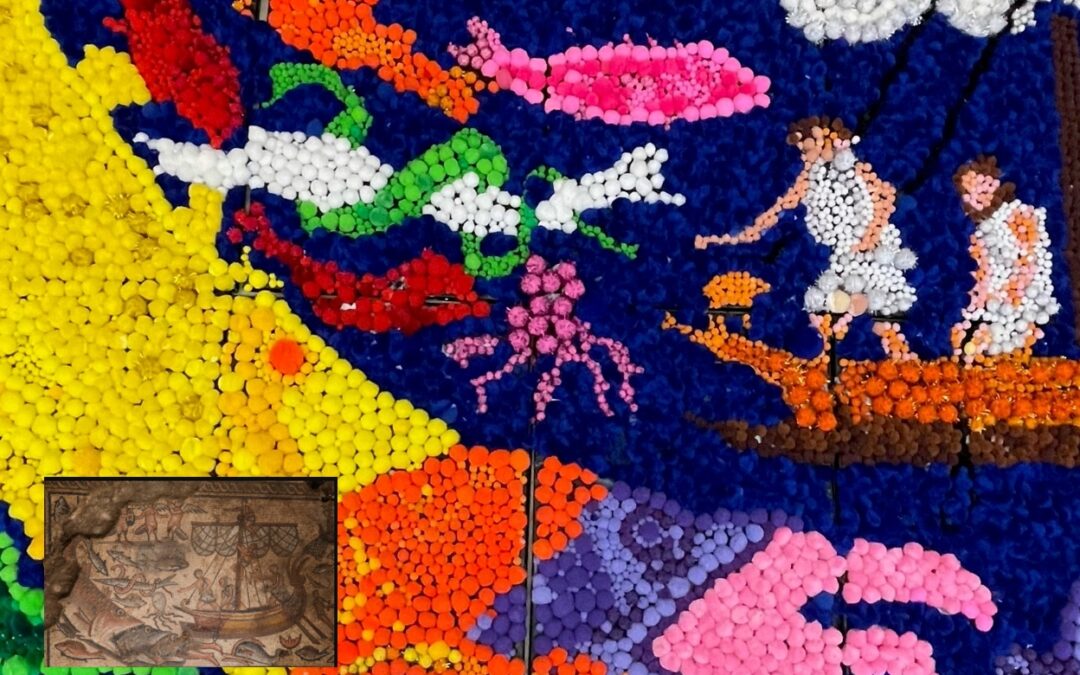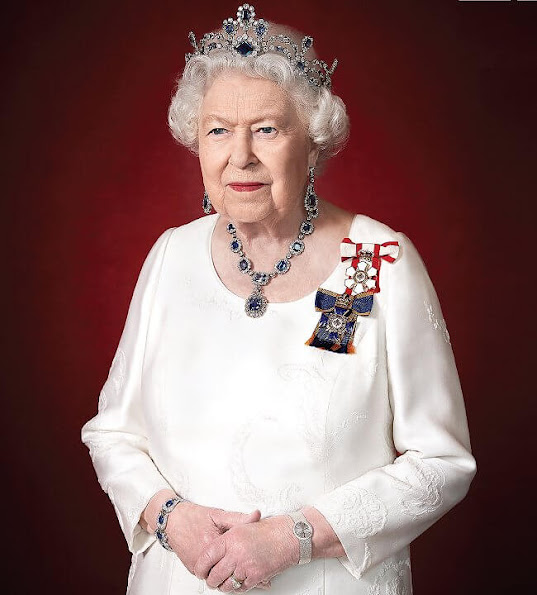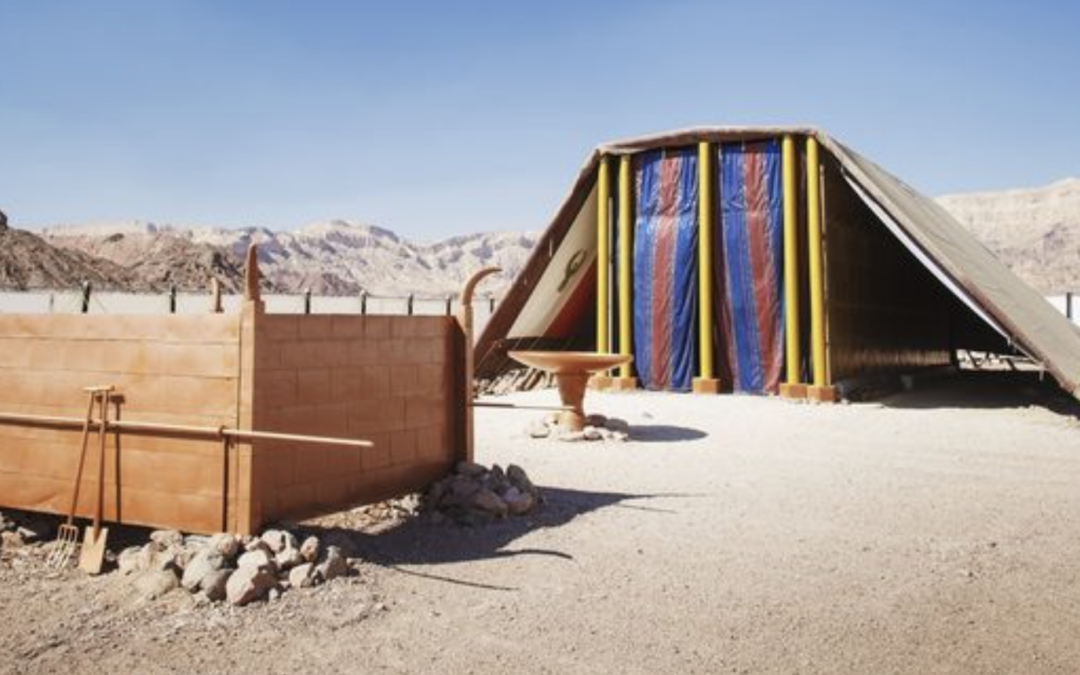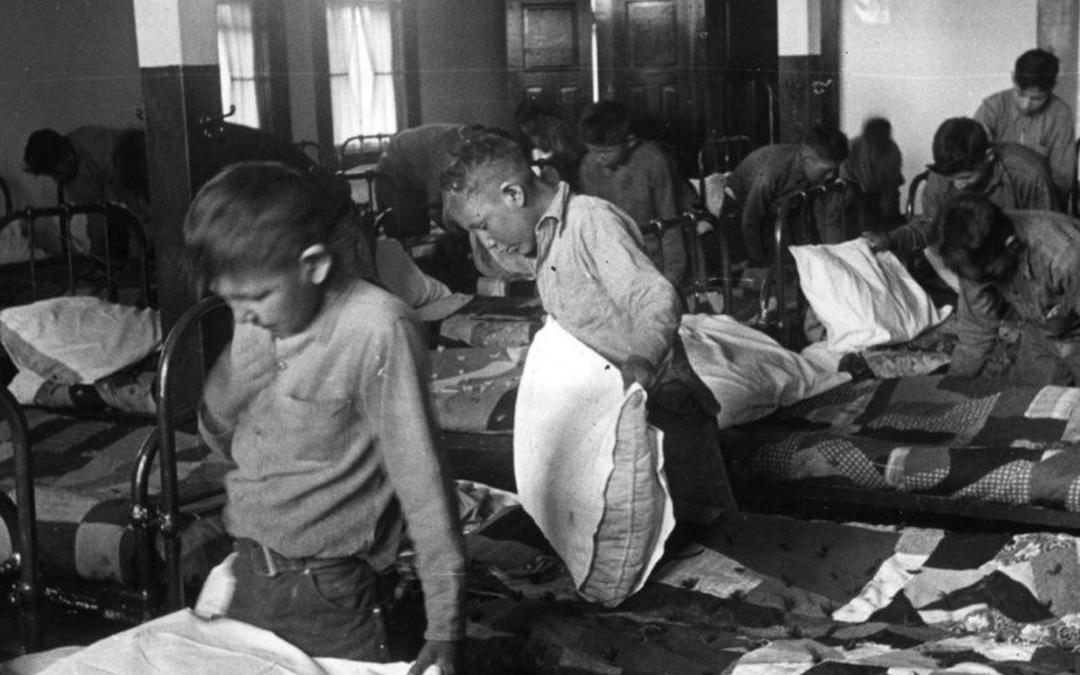In the first verse in this week’s Parsha, God says to Moshe “Emor El Hakohanim Bnei Aharon Viamarta Aleihem,” “Say to the Kohanim the sons of Aharon and tell them.” Rashi asks the question as to why there is a double language of “Emor (say) /Viamarta (and tell)”? He answers that Moshe was supposed to speak to the adult Kohanim (priests) and remind them that it was their job to educate the young Kohanim about their duties. Isn’t this something that we would understand automatically in terms of passing down the rules and laws of the Torah to our children? What is the Torah trying to add in terms of a lesson about educating our children?.
One of the most important ways in which we educate our children is to teach by example. As parents we sometimes forget the power of role modelling to our children. There is a beautiful story about a father who comes to the synagogue every week and has his son by his side. Every week he puts his tallit over his head and prays with great seriousness. On the other side of the synagogue is a man who comes to the synagogue every week with his son, but spends most of his prayer “shushing” his son. When these two boys become parents, the son of the first man comes to synagogue with his son and prays with his tallit over his head just like his father. The son of the second man does the same “shushing” modelled by his father.
Rav Moshe Feinstein, one of the greatest rabbinic figures of the past century, explains that children don’t necessarily listen to what they are told to do – they are best at following examples. If they see that the parents love what they are doing, then they will follow suit. If we model that mitzvoth and prayer are difficult, then we will have children who feel the same way. A friend of mine recently said to me that she is extra careful about how she talks about the challenges of Passover, because she wants her children to have a love for the holiday and not only see the complaints and kvetching. We need the children to see that the observance of the mitzvot isn’t difficult at all- that they are actually pleasures that we as parents wouldn’t dream of missing. This is the method and the spirit that we need to use to educate the children toward loving the observances of the Torah and toward involvement in our Jewish community.
In his explanation about the double use of the word “emor”, Rashi uses the word “to warn” (lehazhir) rather than the word “teach”. I read a lovely idea that says that the root of the word “lehazhir” can also be from the word “Zohar”, meaning to glow or to shine. In order to be proper models for our children as parents and as teachers, we must find “light” in all that we teach. Our goal is not just to impart knowledge but to make the behaviors and lessons that we want to teach both significant and meaningful. We need to find the ways that light up our children and inspire them to follow down paths of righteousness and goodness.

